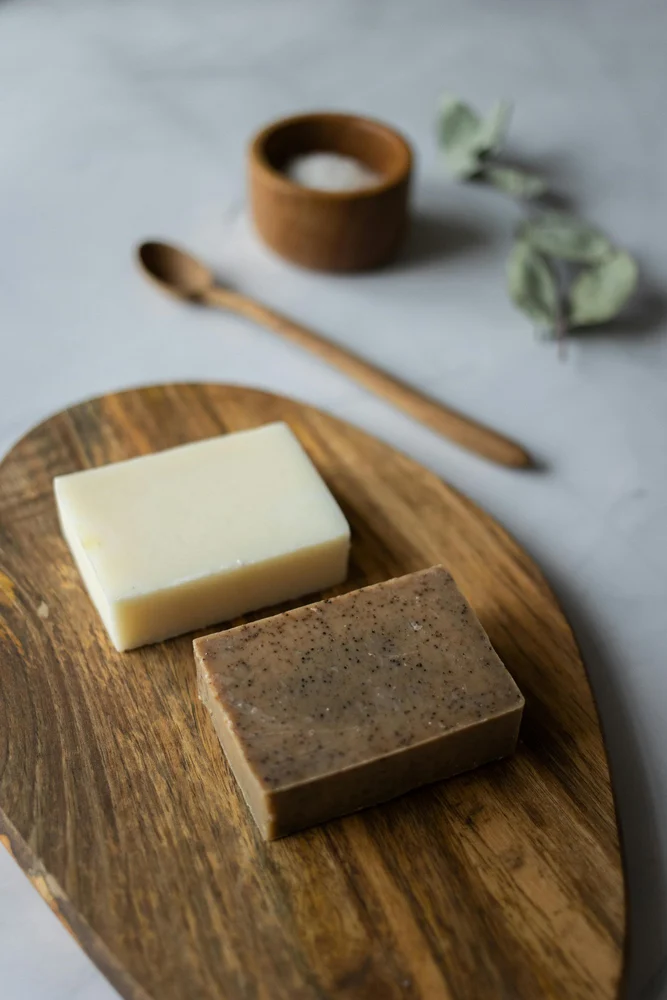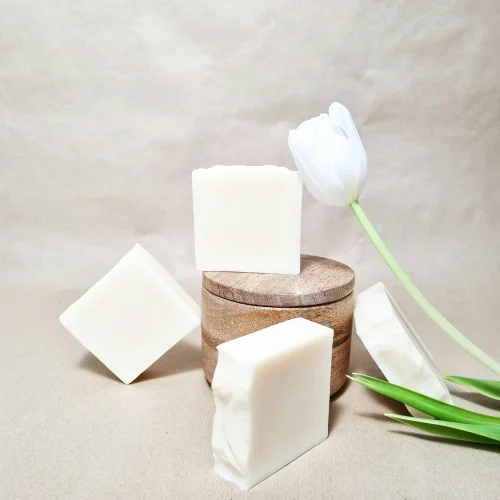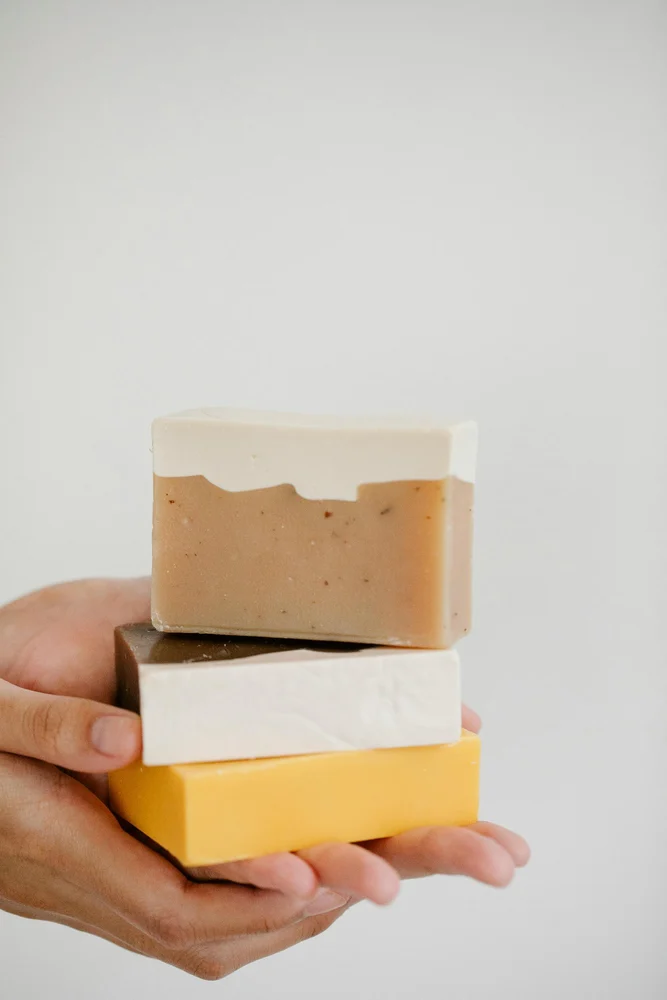Eco Friendly products, Natural Personal Care, Natural Skin Care, Plant Based Skin Care
Herbal Handmade Bath Soap
₹25.0
| Packaging Size | 100gm |
| Soap Type | Glycerine Soap |
| Key Ingredients | Mint, Lavender, Turmeric, Sandal, Neem, Lemon, Aloe Vera, Almond Oil, Peach, Lily, Papaya, Orange, Honey, Rose |
| Brand | Your Brand |
| Skin Type | Combination |
| Shelf Life | 24 months |
| Shape | Rectangle |
| Purpose | For Regular Use |
| Is It Handmade | Handmade |
| Skin Concern | Dryness |
Minimum order quantity: 3000 Piece
We are a leading private label manufacturer of all type of Haircare, Skincare, Personal Care, Baby care and Beauty Products.
We have a in house R&D and facility to formulate entirely customisable products as per the specific requirements of our clients.
You must be logged in to post a review.
Q & A
Ask a question
There are no questions yet
Sustainability Report — Herbal Handmade Bath Soap (short & scientific, 2025)
1) Product snapshot
Key inputs: Cold-pressed plant oils (coconut, olive, castor or similar), lye (saponification), botanical additives (herbs, powders), natural fragrances (optional). No petrochemicals, minimal processing. Paper or compostable wrap.2) Core lifecycle metrics (per 100 g bar — representative estimates)
- Carbon footprint: 12 kg CO₂e / bar
- Water footprint: 30 L / bar
- Renewable content: >99% (plant oils + botanicals)
- Formulation biodegradability: >98% (readily biodegradable)
- Packaging recyclability: ≈95% (paper/compostable wrap)
3) Scientific calculations (clear, short)
- Annual production example — 10,000 bars/year
- Total CO₂e = (0.12\ \text{kg} \times 10{,}000 = \mathbf{1{,}200\ kg\ CO₂e/year}).
- Tree equivalent (1 mature tree ≈ 22 kg CO₂/year): (;1{,}200 \div 22 \approx \mathbf{54.5\ trees/year}).
- Per-wash footprint (use basis)
- If one bar gives ≈50 washes, per-wash CO₂e = (0.12 \div 50 = 0.0024\ \text{kg} = \mathbf{2.4\ g\ CO₂e}) per wash.
- Improvement scenario — local waste-oil or reclaimed feedstock (25% CO₂ reduction)
- New per-bar CO₂e = (0.12 \times 0.75 = \mathbf{0.09\ kg\ CO₂e}).
- Annual CO₂e (10,000 bars) = (0.09 \times 10{,}000 = 900\ \text{kg CO₂e}).
- Annual savings: (1{,}200 - 900 = \mathbf{300\ kg\ CO₂e}).
- Packaging circularity (simple metric)
- If packaging is 95% recyclable and procured recycled content is 30%: Effective circularity = (0.95 \times 0.30 = \mathbf{0.285\ (28.5%)}).
4) Risks & technical notes (brief)
- Palm oil inputs can raise deforestation risk — prefer certified sustainable (RSPO) or alternative oils.
- Saponification residues are benign after curing; wastewater risk is low if solids are decanted and cured soap is used.
- Fragrance oils should be non-synthetic or low-ecotoxicity to keep aquatic impact minimal.
5) Quick sustainability scoring (1–10)
| Category | Score |
| Carbon efficiency | 9 |
| Water efficiency | 8 |
| Renewable material use | 10 |
| Biodegradability | 10 |
| Packaging circularity | 8 |
Conclusion (one line)
Herbal Handmade Bath Soap is highly sustainable (SI ≈ 9.0/10) — very high renewable content and biodegradability, low per-use carbon (≈2.4 g CO₂e per wash). Prioritize certified/non-palm oils, local feedstocks, and compostable or mono-material packaging to further cut footprint and raise circularity.
No more offers for this product!
General Inquiries
There are no inquiries yet.





Reviews
There are no reviews yet.